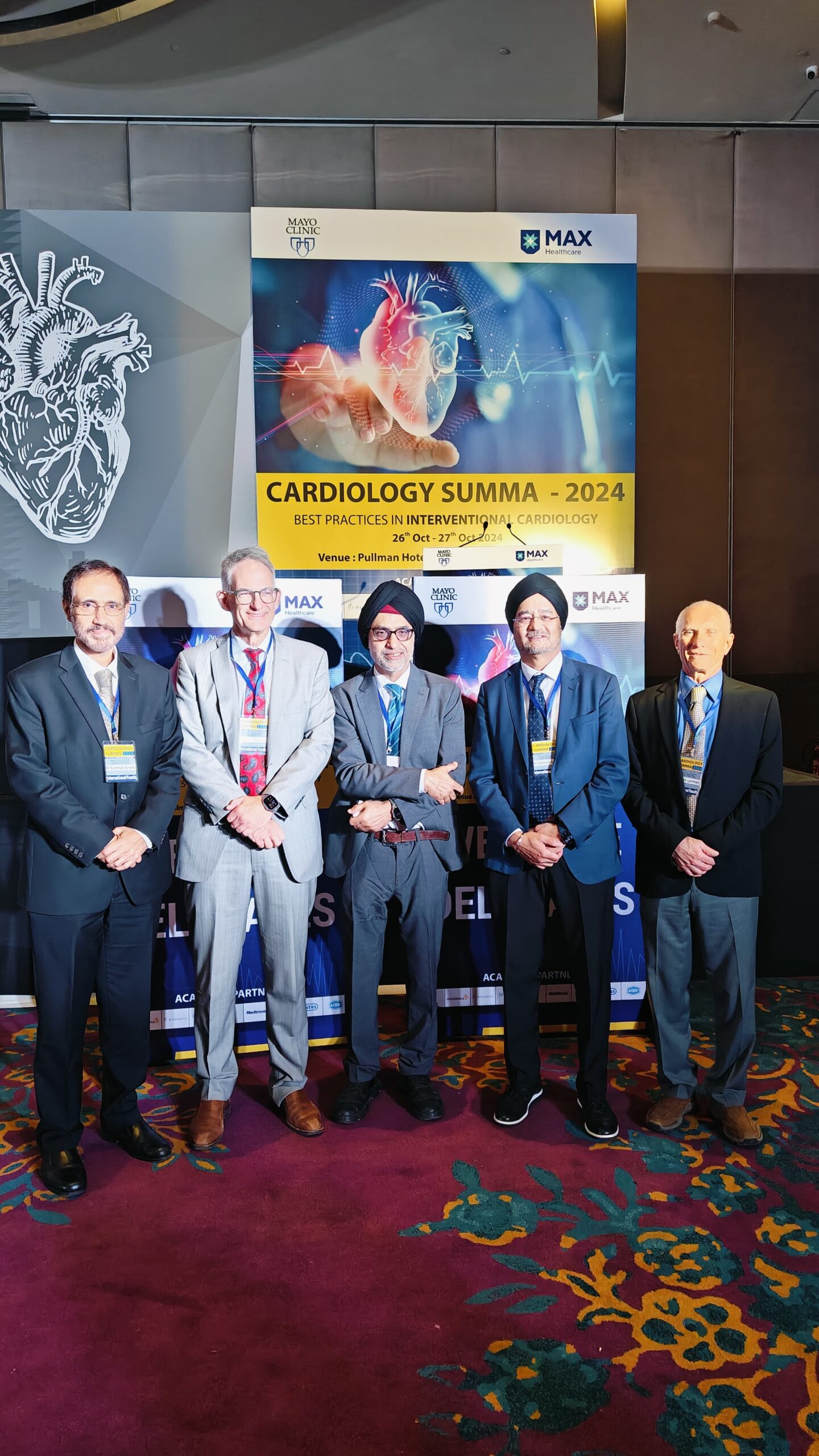Women and Heart Health: Insights from Dr. Balbir Singh and Dr. Anupam Goel on Unique Risks and Outcomes
Cardiovascular disease is the leading cause of mortality in women and mortality rate has remained greater for women (than men); but till recently risk of CAD and MI was not considered real specially in younger

Cardiovascular disease is the leading cause of mortality in women and mortality rate has remained greater for women (than men); but till recently risk of CAD and MI was not considered real specially in younger women.
However, over the last decade, there have been marked reductions in cardiovascular disease mortality in women, attributed partly to an increase in awareness, a greater focus on women and cardiovascular disease risk, and the increased application of evidence-based treatments.
American Heart Association recognized and issued its first statement regarding MI in women in 2016, It acknowledged the high incidence of heart disease in women and underscored the importance of understanding the knowledge gaps that remain in understanding the subject.
Emphasised that MI in women need special attention in view of possible different risk factors, pathophysiology and outcome of the disease leading to higher mortality in this subgroup.
Reasons for worse outcome of MI/ACS in women are manifold ranging from different biological and pathophysiological factors, which need different understanding
Unique risk factors along with traditional risk factors play important role (Women have more plaque erosion as compared to plaque rupture, more prevalent otherwise, and have less severe disease in epicardial coronary vessels, higher incidence of microvascular involvement)
In study, led by Dr. Balbir Singh, Chairman of Cardiology at Max Healthcare, and Dr. Anupam Goel, Director of Interventional Cardiology at Max Hospital, Saket, stated we had 319 patient presenting with STEMI in last year 253 men and 63 women (around 20% of STEMI patients)
* For CAD and ACS patients undergoing PCI there were 3109 male and 1114 female patients (around 26% of total patients)
Analysis of age distribution among the patients presenting with STEMI:
Men ranging from age group 22-93 years, maximum patients in age group 40-65 years age
* Women with age 37-91yeas, maximum patients in the age group 55-75 years, Young women have CAD, though women are more likely to present post menopause / advanced age.
Window period at the time of presentation was significantly higher in women patients, ranging from a few hours to a few days
Late presentation could be because of multiple reasons:
Atypical symptoms, women tend to have chest pain which could be persisting for long duration (chest pain syndrome), gastritis, weakness, restlessness and generalized body pains as MI symptoms
* Late reporting of complaints because of various psychosocial causes including ignorance about possibility of heart disease in women.
Risk factors commonly associated in women:
– Hypertension, 44%, more common in elderly women
– DM, 34%
– Advancing age, post menopause (90%)
– Overweight/obesity
* Lack of physical activity
* Cardiometabolic factors, (more prominent in women)
– Stress, depression and psychosocial factors
– Inflammatory diseases, like rheumatoid, SLE Along with traditional risk factors (family history, dyslipidemia, smoking)
CAG profile:
No significant difference in incidence of SVD, DVD or TVD in women patients as compared to male patients. Branch vessel disease incidence was also almost same.
STEMI related to ISR was higher in women (12%) as compared to male patients (8%)
Non-occlusive disease/ no angiographically visible disease, was seen more commonly in women patients (24% as compared to 8% in male patients)
No SCAD was seen in our last year’s STEMI experience
Mortality:
17 deaths out of 319 STEMI patients (5.3%), 10 women (13.6%) and 7 male patients (3.1%).
6 patients were lost in ER before any revascularization could be attempted, cardiogenic shock, congestive heart failure, and advanced age being the common causes
4 VSR (3 women and one male patient)and 1 cardiac rupture (female patient) led to death in 5 patients
One patient with contained cardiac rupture had successful revascularization and surgical repair.






